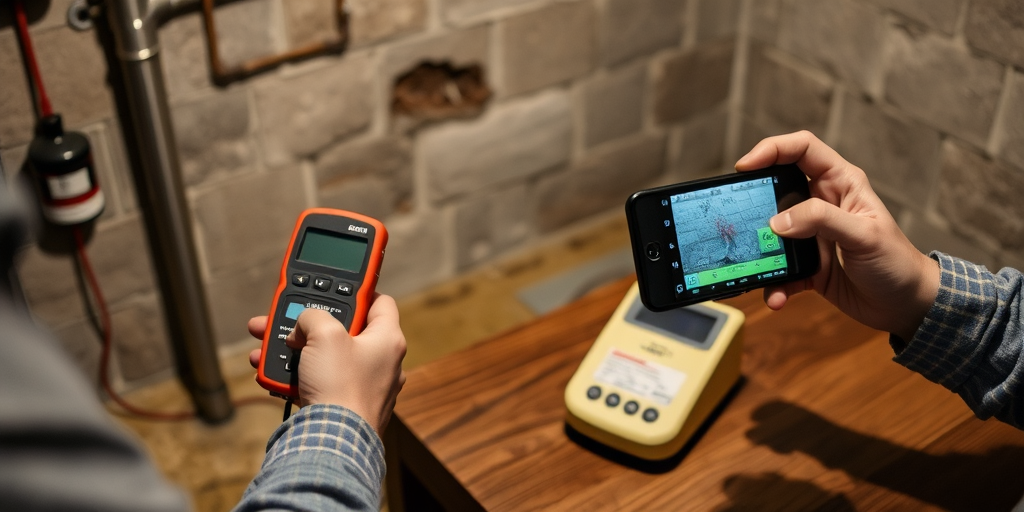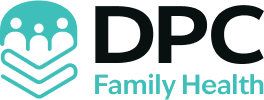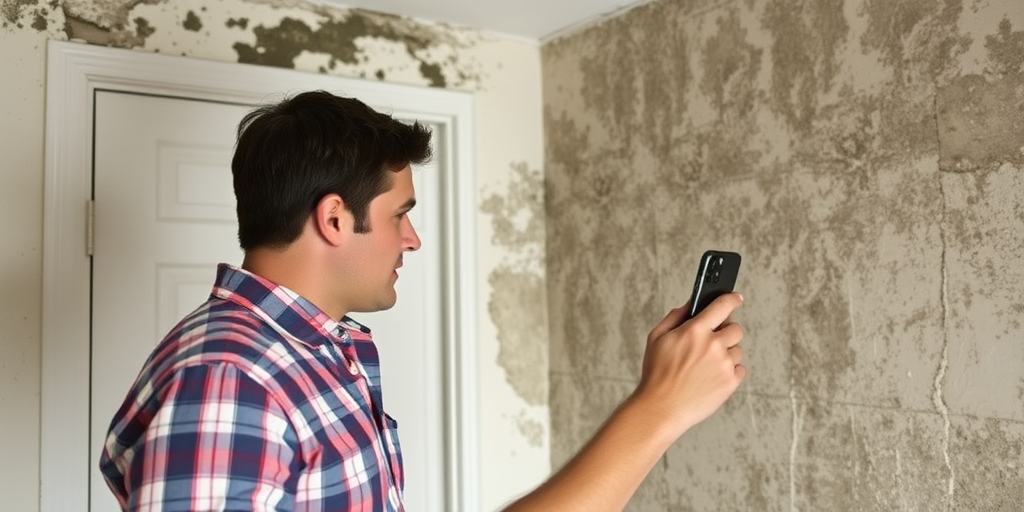Is your home silently hiding health risks? Recent renovations have uncovered hidden mold and leaky windows that could jeopardize family well-being. Preventive education bridges the gap between casual upkeep and proactive care, revealing potential hazards before they escalate. This article uses practical examples and data to argue that everyday awareness and periodic assessments can safeguard your living space. With a focus on prevention rather than reactive fixes, adopting informed practices could transform any dwelling into a healthier haven.
Implementing a Preventive Learning Framework in Home Health
Homeowners gain significant benefits when they integrate educational tools with home improvement practices. Proactive measures include using tools like the COVID-19 Risk Calculator and HEPA filter guides for practical home air quality improvements. These resources help families make informed decisions that reduce health risks while promoting a secure home environment. Educational tools create an opportunity for every household to become a wellness fortress by systematically addressing potential hazards with clear guidelines.
Providers and homeowners use comprehensive resources such as the 36 Expert Tips for a Healthier Home and the 5 Step Guide Ventilation Guide to learn actionable strategies. Early steps in understanding indoor air renewal promote a preventive learning framework that facilitates healthier practices in material selection and system maintenance. This approach supports swift identification of issues and fosters better communication between home experts and residents during renovations or routine checks.
A systematic framework builds confidence through defined steps that lead to lasting health benefits. A structured approach enables homeowners to transform their routines into effective preventive actions.
- Assess current home conditions using risk assessment tools.
- Educate on indoor air quality and material safety through guides and checklists.
- Engage professional consultations and independent testing where needed.
- Monitor and maintain home systems for lasting health benefits.
These steps empower residents to apply a preventive learning framework and enhance overall well-being by investing in clear, actionable education and practical tools for everyday home health management.
Material Choice and Indoor Air Renewal: Practical Insights

Comparing insulation options is essential when planning a healthier home. Homeowners weigh the benefits of spray foam insulation against formaldehyde-free alternatives like mineral wool and natural sheep’s wool. Formaldehyde-free choices eliminate exposure to volatile compounds while offering comparable thermal efficiency. Regular assessments of moisture content during installation further safeguard indoor air quality and prevent issues such as mold growth.
Flooring choices significantly impact indoor air renewal. Case examples indicate that hardwood and tile flooring perform better than carpet in reducing moisture retention and curbing mold development. Using hard surfaces not only discourages mold growth but also simplifies maintenance and cleaning processes. Moisture checks before installation are a critical measure to verify that materials perform as intended over time. Consistent preventive actions during renovation can transform interior spaces into safer and more sustainable living environments.
Selecting materials with health in mind means adopting practices that enhance indoor air renewal. Proactive decisions in building and renovating can transform overall air quality while supporting long-term home durability. Homeowners looking to solidify these benefits should consider the following best practices:
- Choose non-toxic insulation alternatives.
- Opt for flooring materials that discourage mold growth.
- Verify moisture levels before installation.
- Invest in materials that support better air quality.
These steps contribute to creating an environment where every material serves to promote sustained indoor well-being and a healthier lifestyle.
Final Words
In the action of building a healthier home, the discussion outlined the significance of early detection and preventive measures.
The post examined hidden issues such as mold and water leaks, material choices affecting indoor air quality, and the value of expert resources.
The advice offered actionable lists and detailed tips to help readers manage home risk and invest wisely in property care.
Adopting Building a Healthier Home Through Preventive Education not only strengthens home resilience but also promotes positive, lasting health outcomes.
FAQ
What are the 7 principles of healthy homes?
A: The 7 principles of healthy homes are: keep it dry, clean, ventilated, pest-free, safe, contaminant-free, and well-maintained. These principles form the foundation of a healthy living environment.
How can I create a healthier home environment?
A: Create a healthier home by installing proper ventilation systems, using non-toxic cleaning products, maintaining optimal humidity levels, and conducting regular inspections for water damage and mold growth.
What defines a safe and healthy home?
A: A safe and healthy home features good indoor air quality, proper moisture control, adequate ventilation, regular maintenance, and the absence of environmental hazards like mold, pests, or harmful chemicals.
What is the role of preventive education in home health?
A: Preventive education teaches homeowners to identify potential health risks, implement proper maintenance schedules, and understand the importance of regular inspections for issues like water damage and air quality.
How often should home health assessments be conducted?
A: Home health assessments should occur annually, with additional inspections after severe weather events or when signs of moisture, pest problems, or structural issues appear.
What materials promote better indoor air quality?
A: Low-VOC paints, formaldehyde-free insulation, hard surface flooring, and natural building materials promote better indoor air quality compared to synthetic alternatives.
How can homeowners prevent water damage issues?
A: Homeowners can prevent water damage by conducting regular leak tests, maintaining proper drainage systems, installing quality vapor barriers, and addressing plumbing issues promptly.
What role does ventilation play in home health?
A: Ventilation removes indoor air pollutants, controls moisture levels, and maintains fresh air circulation, which are essential for preventing mold growth and maintaining good air quality.

